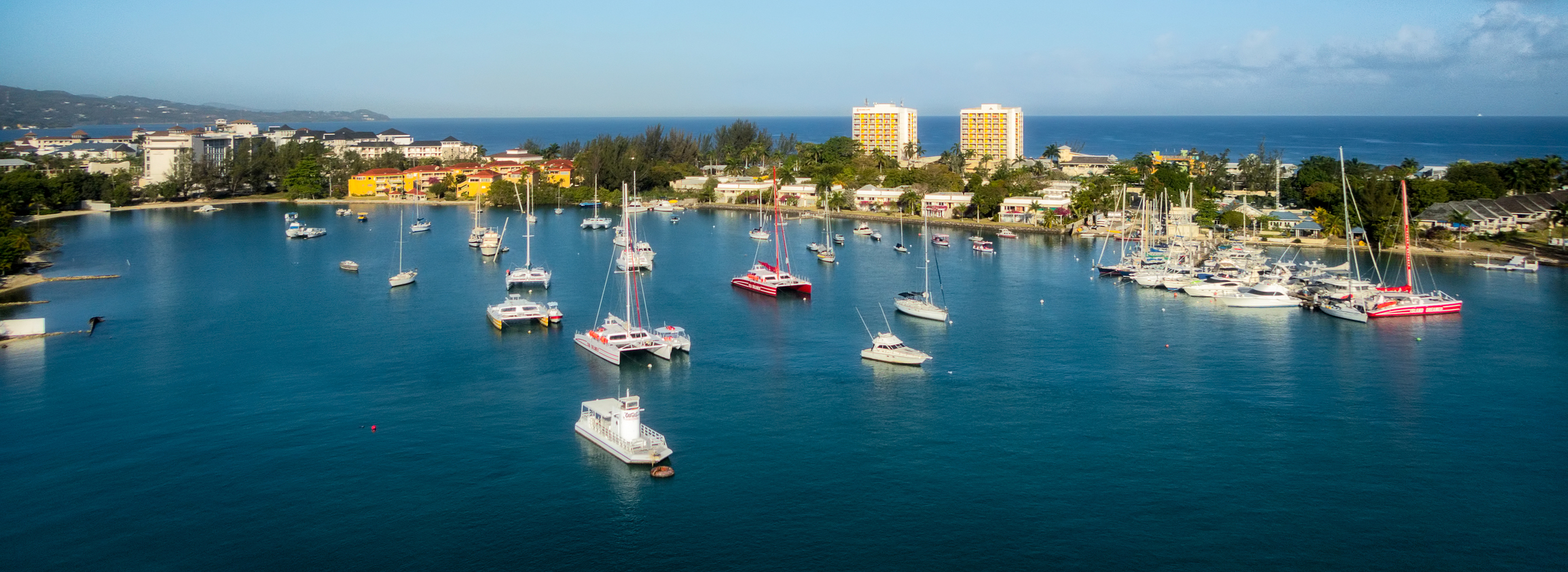Pleasure boating – prosperity for Caribbean ports
By Jesper Goodley Dannisøe
2017, November 1: Pleasure boats are and have been a toy for many Caribbean residents, including notables, like Ernest Hemmingway with his fishing boat in Havana.

In most Caribbean territories, pleasure boat marinas are tight, gunwale to gunwale, with various types of craft – single hulls, catamarans and the occasional trimaran, sailboats and motorboats of all types and sizes. Generally, pleasure boats can be separated into two classes: (a) those that can be towed by cars and need just a slip to get into the water; and, (b) those that need proper harbour facilities. Boats and their interior have changed over the years. And today, many large boats have the same facilities as motor homes – kitchen facilities, bathrooms and showers. Smaller boats, because of size limitations, may still just have seating and limited storage facilities.
The development of the boat market has put pressure on port facilities, with demands for electricity, supply of potable water and facilities for handling toilet waste. Many private boats may just be used for a few hours a week, whereas larger boats may have permanent staff in addition to the amenities described above.
Location
Some pleasure boat owners, because of the size of their craft, may prefer mooring facilities in sections of the ports where wave action does not create too much motion making stay on board uncomfortable.
Most port facilities for pleasure boats are partly paid by the users but may also be paid by the ports and even the municipalities. Smaller boats may not contribute much to the local economy, except for simpler repair and sales of boat equipment. This in contrast to the larger sailing ships and larger yachts, where permanent staff requires access to shopping facilities.
Tourism in the Mediterranean, based on boating activities, has seen substantial growth during the last 10 years. Increasingly, tourists take their holiday on larger sail boats or motorboats, cruising between ports on the Croatian coast or in the Greek archipelago. The growth in this type of boating activity has put pressure on the ports to provide adequate facilities for pleasure craft, with access to water, sanitation and electricity. This is paid for by the boating companies and again by the tourists.
Tourists seeking this type of holiday are, typically, wealthy people who can afford to be on board a sailing ship for a week or longer. In contrast to traditional cruise tourism, individual, non-mass cruising tourists are often seeking special adventures, like diving trips; access to small, secluded beaches; luxury restaurants along the shore; and, other types of activities that are not shared with the mass-cruise tourist.

Good business
In terms of numbers, the private tourists are a mere fraction of the mass market. But they may provide good business for local boat rental companies and may also provide good job possibilities for local crews.
Private tourists will often look for seclusion in less crowded ports. Local municipalities must therefore consider whether they want to invest in port facilities; or, on a smaller scale, mooring buoys in areas where the boats can anchor and where there may be access to diving and other water sport.
Using the increase in private sail boats and motor craft in the Mediterranean Sea as evidence, this tourism activity could also produce growth in the Caribbean where, in some territories, it is already a growing business.
Governments and their port operators should study this business and consider whether they want to exploit the opportunities presented by pleasure boating; or stay exclusively in the mass-cruise tourism market. If they want to engage in the private boating tourism, they have to assess whether their port facilities can accommodate pleasure boats in such a manner that this activity does not disturb the business of running a commercial port. If pleasure boat marinas are the choice, they will get tourists, who can be much more demanding and direct, as opposed to the mass-cruise tourists. And this means that the port facilities offered must meet the standard requirements and demands of the pleasure boater.
Port operators cannot make this decision without discussion and consensus with the host municipalities. If the approach is careful and thorough, this tourism sub-sector can provide lucrative additional growth for the national economies of Caribbean states. []






